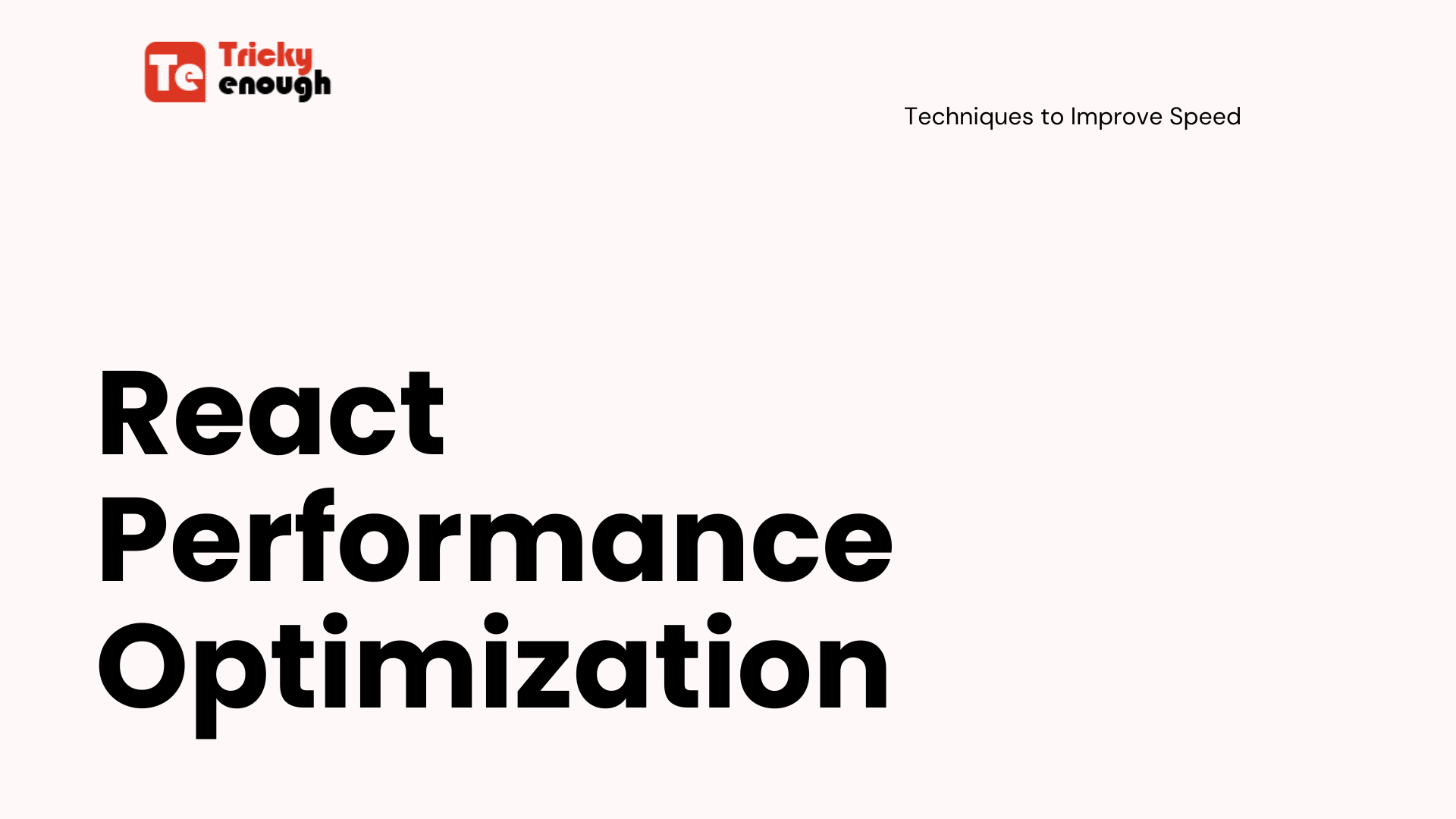Programming News
Dev
296

Image Credit: Dev
FastAPI: A Python Web Framework for NodeJS Developers
- FastAPI is a modern Python web framework that simplifies development challenges.
- It comes with built-in features, speed comparable to Express.js, error prevention, and auto documentation.
- FastAPI handles automatic data validation, path parameters, async support, and more.
- It offers a structured approach to middleware, has a steeper learning curve than Express.js.
- Transition tips include embracing Python types, understanding async, and utilizing key resources.
Read Full Article
17 Likes
Dev
137

Image Credit: Dev
Automating Persistent AI On the Fly
- A developer worked on a financial market data microservice project with various technologies like FastAPI, Docker Compose, PostgreSQL, Redis, Kafka, and Cursor AI.
- The project involved purpose-driven AI orchestration with clear goals, adherence to project rules, and rigorous validation of AI-generated fixes.
- The architecture included components like FastAPI with dependency injection, PostgreSQL via SQLAlchemy ORM, Redis caching, Kafka, Docker Compose, Prometheus metrics integration, Grafana dashboard, structured logging, and GitHub Actions for CI/CD.
- The developer learned to handle Redis connection failures, manage Kafka consumer groups effectively, implement async await patterns, and build robust error handling for external API dependencies.
Read Full Article
8 Likes
Dev
326

Image Credit: Dev
Alternative of 'for' in Python
- There are alternatives to using 'for' loops in JavaScript for processing elements in a list to reduce code and keep it simple.
- Using lambda expressions can achieve the same behavior as traditional functions in Python.
- Instead of using a 'for' loop to process elements in a list, options like 'map' and list comprehensions can be used.
- For tasks like filtering elements based on a condition or checking if a value exists in an array, functions like 'filter' and 'in' operator can be employed.
Read Full Article
19 Likes
Medium
25

Image Credit: Medium
Linear Regression: From Zero to Hero
- Linear regression explains complex systems with a simple straight line on a graph.
- History of linear regression dates back to Gauss and Legendre in the 1800s.
- It is widely used in various fields due to its simplicity and interpretability.
- Key aspects include weights, bias, error, and cost functions for evaluation.
Read Full Article
1 Like
Discover more
- Software News
- Web Design
- Devops News
- Open Source News
- Databases
- Cloud News
- Product Management News
- Operating Systems News
- Agile Methodology News
- Computer Engineering
- Startup News
- Cryptocurrency News
- Technology News
- Blockchain News
- Data Science News
- AR News
- Apple News
- Cyber Security News
- Leadership News
- Gaming News
- Automobiles News
Dev
335

Image Credit: Dev
🌍 Build My Own Telegram Translator Bot with Python
- Jean has developed LinguaTranslateSpark, a Telegram bot built in Python that instantly translates text in over 100 languages.
- The bot allows users to translate text, change target languages, save preferences, and can be deployed in minutes.
- The bot uses python-telegram-bot to abstract the Telegram API, deep-translator for Google Translate, async I/O with async def to improve real-time experience, and context.user_data to remember user preferences.
- The project teaches about callback queries, session state management, choosing between async and sync operations in bots, and error handling for network failures or API limits.
Read Full Article
20 Likes
Dev
202

Image Credit: Dev
How I Created Keppli Finance: An AI-Driven App That Transforms Personal Money
- Transforming personal finance through AI-driven mobile app Keppli Finance.
- Lack of financial literacy inspired creation of app offering personalized insights and automation.
- AI features include automatic expense categorization and future plans for voice interface.
- Agnostic architecture ensures flexibility in integrating various AI models and external services.
Read Full Article
12 Likes
Medium
44

Image Credit: Medium
Here’s how you can check and download your REET 2025 result and certificate step-by-step:
- To check your REET Result 2025, visit either reet2024.co.in or rajeduboard.rajasthan.gov.in and follow the steps to select your level, enter details, and view your result.
- To download your REET Certificate, visit reet2024.co.in, submit your roll number and DOB, download the certificate PDF, and collect it from the assigned nodal centre with ID proof.
- The REET result declared on May 8, 2025, showed an overall pass rate of around 50.8%, with Level 1 at approximately 62.3% and Level 2 at about 44.6%.
- For those who passed, keep both the result and certificate safe and await recruitment notices from the Rajasthan Education Department. For those who didn't pass, note the validity of the REET certificate for life and prepare for future attempts.
Read Full Article
2 Likes
Medium
253

Image Credit: Medium
Quick Facts & Career Highlights
- Shefali Jariwala, born on 15 December 1982 in Mumbai and raised in Ahmedabad, gained fame with the remix video of 'Kaanta Laga' in 2002.
- She made her acting debut in Bollywood with 'Mujhse Shaadi Karogi' in 2004 and later appeared in the Kannada film 'Hudugaru' in 2011.
- She participated in reality TV shows like Boogie Woogie, Nach Baliye, and Bigg Boss 13 and married television actor Parag Tyagi in August 2014.
- She battled epilepsy from age 15, later became seizure-free, and advocated for mental health awareness. She passed away on 27 June 2025 in Mumbai at the age of 42 due to a reported cardiac arrest.
Read Full Article
15 Likes
Dev
327

Image Credit: Dev
Dad's Canned Jokes - June CSS Art Challenge
- The submission is for the Frontend Challenge - June Celebrations, CSS Art: June Celebrations featuring Dad's Canned Jokes inspired by Father's Day and dad jokes.
- The design is based on a root beer can, utilizing CSS techniques like rectangles, border-radius, box-shadow, semi-circles, and borders to create the can's structure and details.
- Efforts to enhance the 3D effect included skewing elements, layering semi-circles and rectangles to simulate connection, and adding a silver oval lid with box-shadow for depth.
- Gradient color stops were attempted for a shiny look on the lid, but additional box-shadow was used for depth on the back rim as further design details were considered for improvement.
Read Full Article
19 Likes
Medium
219

Image Credit: Medium
Merge Conflict? Here’s Exactly What Happens — and How to Fix It Step by Step
- Merge conflicts are common in software development even for experienced developers.
- When two developers make changes to the same file in different branches, a merge conflict can occur when merging the changes back to the main branch.
- To resolve a merge conflict, developers need to manually edit the file, choose which changes to keep, delete conflict markers, mark the conflict as resolved, and finalize the merge.
- After resolving a merge conflict, a special commit is created to record the manual merging of conflicting changes between branches, showing that the changes now coexist in the project history.
Read Full Article
13 Likes
Dev
240

Image Credit: Dev
2099. Find Subsequence of Length K With the Largest Sum
- The problem involves finding a subsequence of length k from an integer array nums with the largest sum.
- The solution entails selecting the k largest elements in the array while maintaining their original order.
- The algorithm includes creating pairs of index and value, sorting by value, selecting top k elements, sorting by index, and extracting values.
- The time complexity is O(n log n) due to sorting operations, and space complexity is O(n) for storing pairs.
Read Full Article
14 Likes
Dev
301

Image Credit: Dev
API Testing: From cURL to Click
- Keploy, an AI-powered tool, aims to automate the manual process of API testing by capturing and converting API calls into ready-to-run test cases.
- The developer tested Keploy on two APIs - Wizard World API with complex endpoints and Emojihub API for random emojis - and found the tool streamlined the testing process significantly.
- With Keploy, test cases were generated in seconds by browsing APIs like a user would, eliminating the need for manual setup and typing of curl commands.
- The developer concluded that transitioning from manual testing methods to AI-driven tools like Keploy was a game-changer, offering efficient test creation and increased test coverage while saving time.
Read Full Article
18 Likes
Dev
8

Image Credit: Dev
3 Ways to Center a Div in CSS (That Actually Work)
- 3 modern ways to center a div using CSS include Flexbox, Grid, and margin auto.
- Flexbox is reliable for horizontal and vertical alignment, using display: flex and align-items/justify-content.
- Grid offers a clean solution with display: grid and place-items: center for both horizontal and vertical centering.
- Margin auto is effective for horizontal centering by setting a fixed width and applying margin: auto.
Read Full Article
Like
Dev
108

Image Credit: Dev
What I Wish I Knew Before Building My First Client Website
- Lessons learned from building first client website: avoid jack-of-all-trades trap, backend fundamentals key.
- Payment integration strategies, backend fundamentals, and tips for international clients discussed.
- Avoid common mistakes like overpromising, learn backend basics, and manage international clients effectively.
Read Full Article
6 Likes
Tricky Enough
8

Image Credit: Tricky Enough
React Performance Optimisation: Techniques to Improve Speed
- React simplifies UI creation, but requires speed optimization for complex apps' performance.
- Techniques include React's tools, minimizing re-renders, lazy loading, virtualization, and immutable data.
- Also, optimising Context API, debouncing user inputs, using Web Workers, and optimizing assets.
- Implementing SSR and SSG can further enhance React app performance for faster experience.
Read Full Article
Like
For uninterrupted reading, download the app